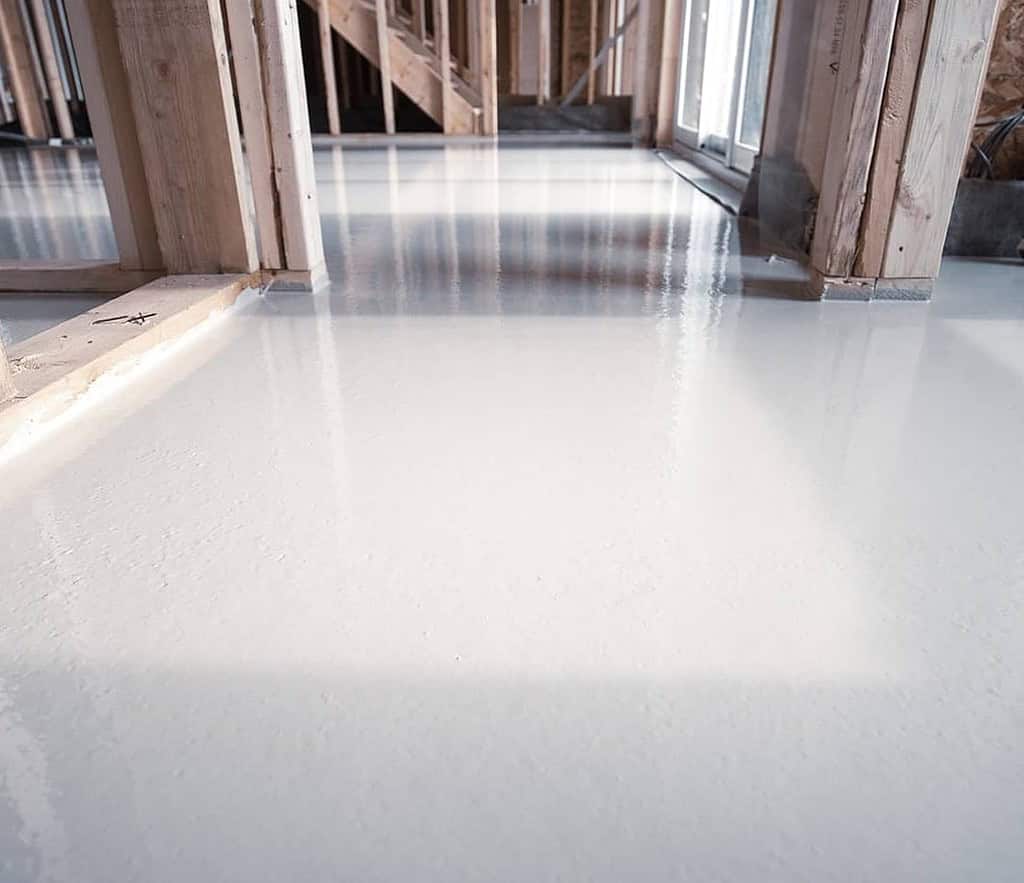
A metal box frame is hard-wired and embedded in the concrete to house heater units, the heater units themselves plug directly into the box to allow for easy removal for maintenance. Units are accessed through a small hatchdoor flush with the concrete and can be placed anywhere in the home – in the mechanical room, under appliances, or in a closet. Legalett heating units are embedded in the floor along with the tubing, so they do not require a wall in the mechanical room to house boilers and manifolds. Advantages of air-heated radiant floors over hydronic: This acts to remove moisture from the concrete and prevent corrosion of metal components in the heater box. There are no open vents, so there is no access point for rodents and insects.Īfter the concrete is poured, Legalett requires floors to be cured with an open-air construction heater (provided with the system) that maintains a temperature of 28☌ for 3 weeks before permanent heating units are installed. It is a closed-loop system where air is moved through either 2 or 4-inch PVC tubes (which are non-corrosive), so that no dust from the air in the home is introduced into the system. Legalett air-heated radiant floor heating systems are entirely embedded in concrete, including the heater box. Why the Legalett radiant floor system works: They are the only company we know of that provides this system if anyone knows of others, please let us know in the comments section at the bottom. Cure the concrete to remove moisture before systems are activated.Ī company called Legalett that originated decades ago in Sweden now manufactures and distributes heated-floor systems across North America (you can get a quote here). Make it a sealed, closed-loop system so that air in the heating system is not exchanged with the air of the house. 


If you really want to, you can read more about that here.
RADIANT HEAT CONCRETE FLOORING HOW TO
For Information about the importance of air quality in the home and how to improve it with ERV & HRV Ventilation systems see HERE.ĭuring inspections with remotely operated cameras, some even less appealing discoveries were made, including snakes, insects, dead rodents and their excrement. In the fall when systems were activated again, air circulating through dirty and moldy ductwork would distribute particulate and mold spores throughout the home. In summertime when systems were inactive, dust-filled ducts embedded in cool, humid concrete floors provided the ideal environment for mold to develop.







 0 kommentar(er)
0 kommentar(er)
